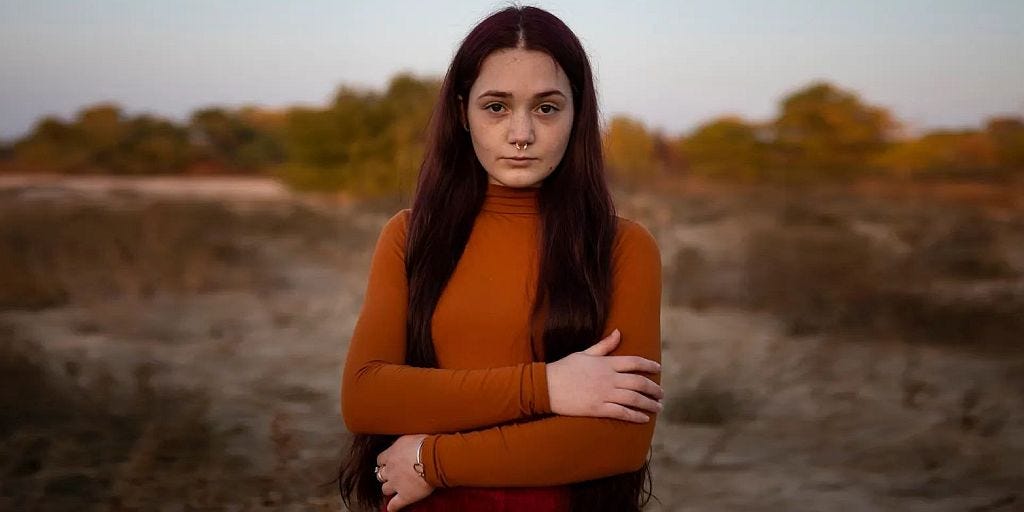Serena Fleites was just 14 when an older boy at her school manipulated her into sharing nude videos with him. He sent the videos to other boys. Someone uploaded them to the pornography ‘tube’ site Pornhub. Fleites’ life became a living nightmare as the videos were repeat…
© 2024 Mary Harrington
Substack is the home for great culture



